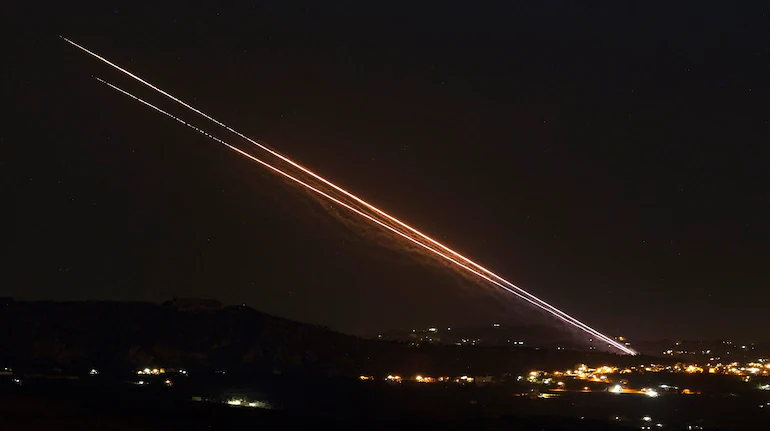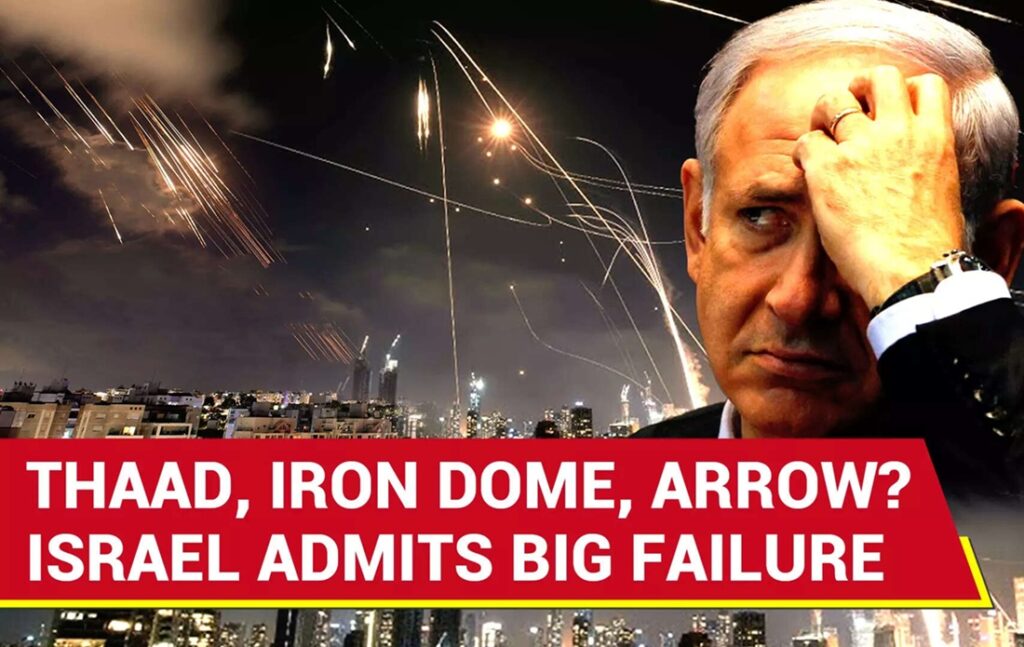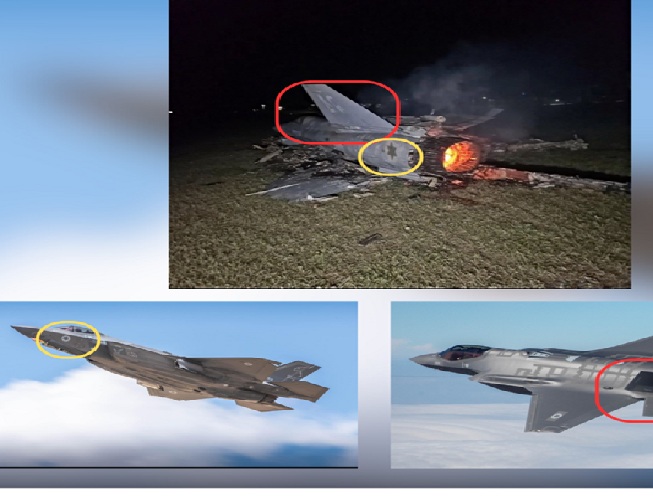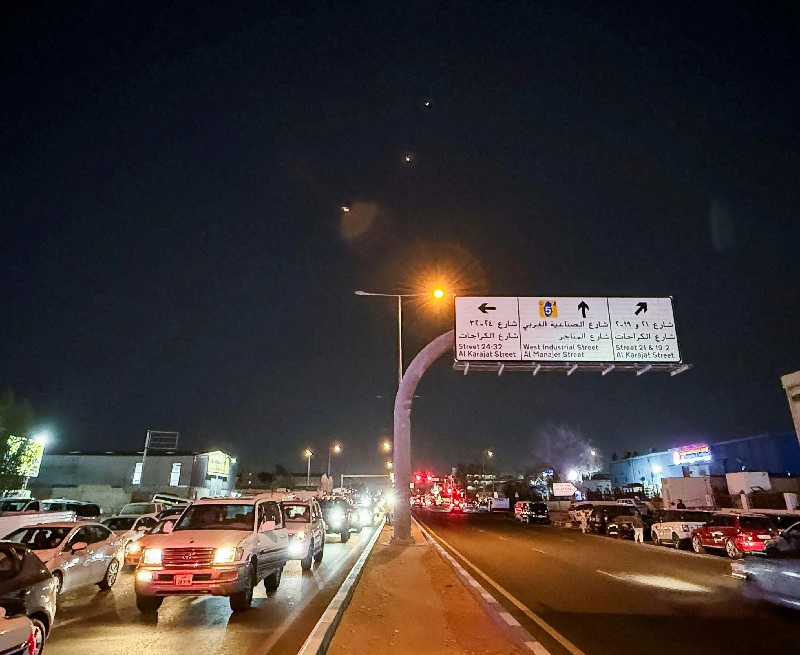On June 13, Israel imposed war on Iran that lasted for 12 intense days—reshaping alliances, testing military capabilities, & altering geopolitical map.
Unlike previous skirmishes and covert operations, this 12 day conflict escalated into an overt regional confrontation. What began as a Israeli aggression targeting Iran’s high ranking commanders and civilians, quickly turned into a calculated, high-cost strategic battle after Iranian retaliation with its precision missiles. Iran not only endured but also reshaped the battlefield—both militarily and diplomatically.
Iran Shatters the Illusion of Israeli Invincibility
One of the visible outcomes of the 12-day imposed war on Iran was breaking the myth of Israeli military invincibility—especially that overhyped Iron Dome—which finally took a serious hit with Iranian missiles.
Let’s be honest. The Iron Dome has always been treated like some divine force field. But even God would raise an eyebrow at the price tag. Regardless of how questionable the ethics behind it are, it’s not exactly a stingy deity. If a crow happens to fly over Israel right now, the cost for that plastic—oops, the so called Iron dome will set the wandering Jewish nation back at least forty thousand dollars.
In fact, that very “generosity” has backfired on them. Before this war, even groups like Hamas and Hezbollah had thrown pretty much everything at Israel. From dusty flip-flops and old rocks to rusted missiles long past their prime. Yet the Iron Dome fired three $40,000 missiles to intercept each of them—often missing in the process. So yes, Israel’s defense system was bleeding money just to chase cheap rockets.
And don’t take our word for it—Israelis are saying it themselves. Moti Shefer, an Israeli defense award winner, said it plainly: “Come on, wrap it up, this nonsense. The Iron Dome is the biggest scam that has been pulled on someone in the international community.” Even Defense News admitted that the system’s main weakness is its wallet-draining obsession with overkill.
But that was before.
During the recent 12 day imposed war on Iran, things escalated far beyond the occasional rocket. Iran’s missiles weren’t from backyard garages—they were fast, guided, and brutal. They hit real targets, deep inside Israel: military bases, refineries, ports, power plants. And guess what? The Iron Dome? Couldn’t keep up. It cracked. It choked. It failed.
Tel Aviv got hit. Haifa lit up. Strategic airbases were struck. The Dome was busy making smoke trails in the sky while Iranian missiles punched through and made the headlines.
Even former U.S. defense advisor Douglas Macgregor came out and said it straight: “Do not be misled—Israel’s condition is far more dire than publicly acknowledged. Nearly one-third of Tel Aviv has suffered damage or complete destruction.”
The illusion of Israeli air superiority didn’t just falter—it collapsed. Israel’s imposed war on Iran exposed the Iron Dome is not a shield, rather a leaky bucket burning money and promises at the same time.
Strategic Targets Struck by Iran
In retaliation for Israeli aggression during the imposed war on Iran, Tehran launched surgical strikes on multiple high-value targets inside the occupied territories. These included:
- Nevatim Airbase – a critical hub for Israel’s aerial operations.
- The Kirya Central Command – Israel’s strategic military nerve center in Tel Aviv.
- The Weizmann Institute of Science – suspected of dual-use research linked to advanced weapons.
- Bazan Oil Refinery and Haifa Power Plant – crippling vital energy production.
- Port of Haifa – disrupting logistics and maritime trade.
- Mossad Operational Site – exposing Israel’s covert networks.
Simultaneously, Iran’s cyber units disabled critical communications across Israeli defense installations, and drone swarms overwhelmed radar systems—marking a new era of hybrid warfare born out of the imposed war on Iran.
Iran Downs F-35s, Makes History in Air Defense
For the first time in modern warfare, Iran’s domestically developed air defense systems successfully intercepted and downed multiple Israeli F-35 stealth fighters—a historic feat that sent ripples through Western military circles. It showcased Iran’s ability to counter the most advanced American-made technology using indigenous innovation.
U.S. and Israeli Goals: Unmet and Exposed in their Imposed War on Iran
Despite immense firepower, neither the Zionist regime nor its U.S. backers achieved their stated aims. Iran’s nuclear facilities remained untouched, its missile programs fully intact, and its command infrastructure operational.
Adding to the shock, Iran retaliated directly against U.S. military forces, launching missiles at Al-Udeid Air Base in Qatar—a rare and bold move that marks only the second direct assault on a U.S. base since WWII, both times by Iran. The strike sent a chilling signal that American bases in the region are no longer safe havens, a truth exposed as one of the outcomes of the imposed war on Iran.
Also Read: Who Decides Who can have a Nuclear Weapon?
Global Fallout
Perhaps the most enduring impact of the imposed war on Iran was its exposure of international hypocrisy.
Across the Global South and parts of the West, nations and observers saw the UN, IAEA, and the NPT framework as tools of domination rather than justice—used selectively to pressure states like Iran while shielding the aggressors.
As bombs fell and resolutions failed, Iran emerged not only as a military force but as a symbol of sovereignty in defiance of double standards.
Domestic Resilience
Despite intense bombardment and economic targeting, Iran’s domestic front held firm:
Public morale surged as citizens rallied around the IRGC and national leadership.
Energy rerouting strategies were swiftly enacted, minimizing export disruption.
Conclusion
The 12-day imposed war on Iran was intended to weaken the Islamic Republic. Instead, it amplified Iran’s deterrent capabilities, validated its strategic doctrine, and eroded the credibility of its adversaries.
By the war’s end, the world witnessed more than missile exchanges; it saw a paradigm shift—from an era dominated by Western-Israeli impunity to one where sovereign nations like Iran can rewrite the rules, hold aggressors accountable, and stand as beacons of resistance against global injustice.




